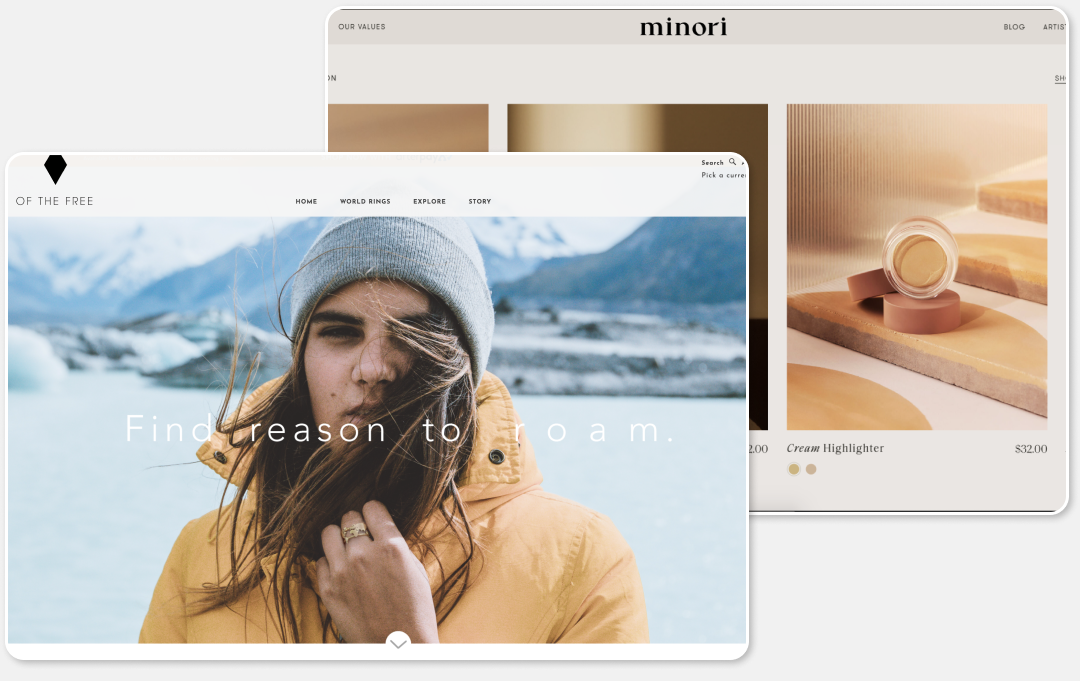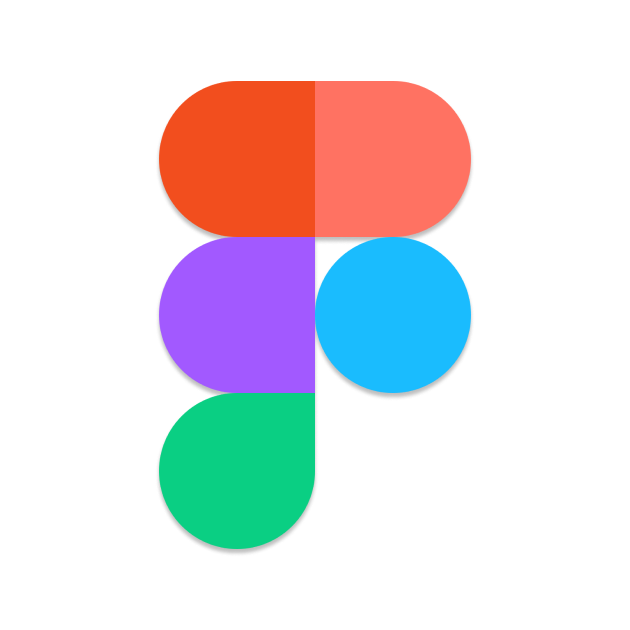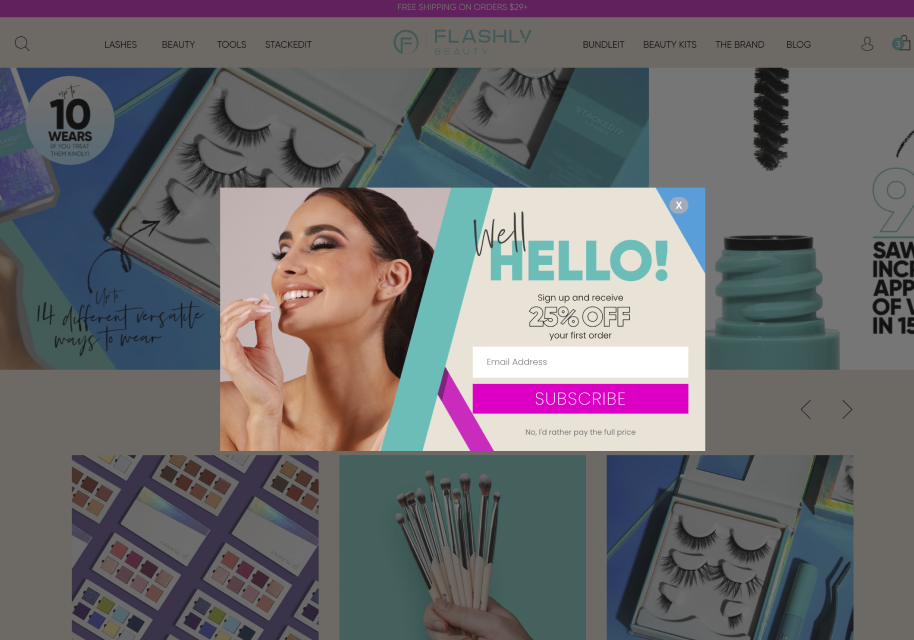Discovery phase
The agile discovery process is continuous and is not a discrete discovery phase in software development. We should never cease analysis and design as long as the product lives.


Agile Project Discovery Phase
Instead of focusing on extensive initial research, which is often obsolete before the project development ends, we use this period to conduct several iterations to create actual commercial value. There are various questions to be addressed before the project begins. Is the product appropriate? Is it worth it? What project team members do we require? And, perhaps most importantly, are we the correct partners for this collaboration? Running "discovery stage" sprints is the most excellent method to address them.
According to the Standish Group CHAOS Report, only 29 percent of software development projects are on time and development budget. That is how most companies explain why we need more study at the early stage of the project and why a project discovery phase is required. Unfortunately, there's another figure in this study: Agile projects are 4 times less problematic than Waterfall projects and fail to reach business goals completely 3 times less frequently. So why should we talk about it? Design, analysis, defining software requirements specification, development, and testing in agile projects are not distinct phases; instead, they're continuous parallel processes throughout the project timeline. The Waterfall is phased and requires lengthy planning of business and technical requirements to begin. The conclusion is straightforward: the "classic" project discovery phase does not work well.
Project discovery phase
Instead of figuring out how to construct the product right, it's much better to ensure you're creating the right product. So what are the causes of the Waterfall project failure? Waterfall development validates ideas, guesses, and assumptions too late. Market fit, target audience needs, market research, technological choices, and architectural decisions are only validated when the project is finished or making changes becomes prohibitively expensive.
Instead of guessing, it is worth focusing on producing data for decisions. Of course, the best data is validated guesses. Here is how the data can address common questions for project initiation.
Do we have the right project vision?
Customer feedback and competitor research are essential in determining if early concepts generated by businesses are true or false. The following features may be implemented based on this information.
What are the estimates?
The most crucial indicator of Agile development is velocity. Velocity indicates how much work the team can do in one iteration. If we can measure velocity, we can make predictions about time and cost based on reality rather than guessing.
Is the product worth it?
When businesses have facts, not assumptions, they can make a scope decision as soon as feasible and even stop the process before the budget is spent.
Do we have enough software engineers?
Based on the velocity of a business, it may choose to employ or give more engineers to the software project before falling into the Brooks Law trap.
Are we the correct partners for this collaboration?
Create a mutually beneficial relationship that is more valuable than even technical perfection. The "discovery phase" is essential in determining whether a partner's choice is correct before fully investing.
Website discovery phase process
What is the best approach to start a project? The first step is to figure out the project's goal and map it to a goal statement. Lean Canvas and competitor analysis are two common ways to accomplish this. To avoid wasting business value and scope, it's also critical to establish a list of users.
The first iteration, sometimes referred to as Iteration Zero, generates a short list of features known as user stories. Iteration Zero establishes the development environment and sketches out the initial strategy. The plan is just a beginning distribution of stories for the first few prototypes. Another fantastic approach to building an initial plan is a User Story Map. Finally, the developers and architects utilize Iteration Zero to construct an initial design for the system from the tentative list of stories.
Design Project Discovery Stage
What about user interface creation? Using the complete design upfront would lead us to the Waterfall method, so we should avoid it. Instead, designers should collaborate with developers throughout the project's lifecycle. Establishing a brand book and style guide during a few initial iterations is necessary to assist developers and designers in building UX step by step.
Discovery phase project management
What is the purpose of project management? First, we must communicate efficiently and collaborate between the client and the development team. Product success will follow from clear and straightforward interaction. Another aim of the project managers is to ensure that all required data and metrics are generated. For example, burndown/burnup charts, user research metrics, and velocity should be helpful throughout the "discovery phase."
Software development discovery phase
Good architecture and technology stack allow for late decisions, whereas ideal architecture prevents you from making any. Change should be embraced and even required in good architecture. Libraries and frameworks should not be overly linked with the software. Instead, architecture should reveal the intention. If the program is built to adapt to change and not adhere to frameworks, there's no need for a big architecture upfront. Third-party services are easily changed at any time. Therefore, software must be light and straightforward to modify.
A project discovery team aims to create several simple but useful features so that users can provide feedback. For example, it would be possible to offer a prototype or even an MVP in an ideal world as discovery phase deliverables.
Key Figures
Success on Upwork
Our reputation on Upwork based on direct client feedback and other indicators of client satisfaction.
On Clutch
Our overall rating on Clutch is based on verified client reviews.
Delivered Projects
From day one, we have delivered over 100 projects for companies from around the world.
SOFTWARE THAT HELPS US WITH PLANNING AND EXECUTING SUCCESSFUL PROJECTS.


ENGAGEMENT MODELS
What engagement model and methodology is the right fit for your software design and development?
Certified by
We are proud to be recognized by leading B2B ratings and reviews platforms that ensure that our services meet the needs of our clients. Thank our clients that have taken the time to leave us such great reviews.Our reputation on Upwork is based on direct client feedback and other indicators of client satisfaction.
Our overall rating on Clutch is based on client response to five independent star-rating questions.
Our score on GoodFirms is prepared based on in-depth evaluation criteria - quality, reliability, and ability.
Success Stories
Our work speaks for itself! Take a look at what we've been working on…
Building a Website on Shopify: Custom Online Store
This case study explores how a simple idea on Kickstarter evolved into a fully customized Shopify Plus store, turning a concept into a streamlined and interactive ecommerce business.

Shopify Plus Ecommerce Agency: a Dynamic Store
Discover how we built a dynamic Shopify Plus app with personalized quizzes and subscription bundling to boost engagement and loyalty for a beauty brand.

Shopify Plus Design Agency: A Blog Redesign
Struggling with high bounce rates and low conversions despite heavy ad spending? Reviewing UI/UX and the customer journey can reveal key areas for improvement. This case study shows how small tweaks can drive big results.
READY? LET’S GET STARTED

With the proper application project discovery to the development process, we are sure that our custom solutions can help your software development project reach new heights. So don't be left behind - drop your software project details below or email us at dev@vtlabs.org, and unleash your full potential with our outsource development company.
